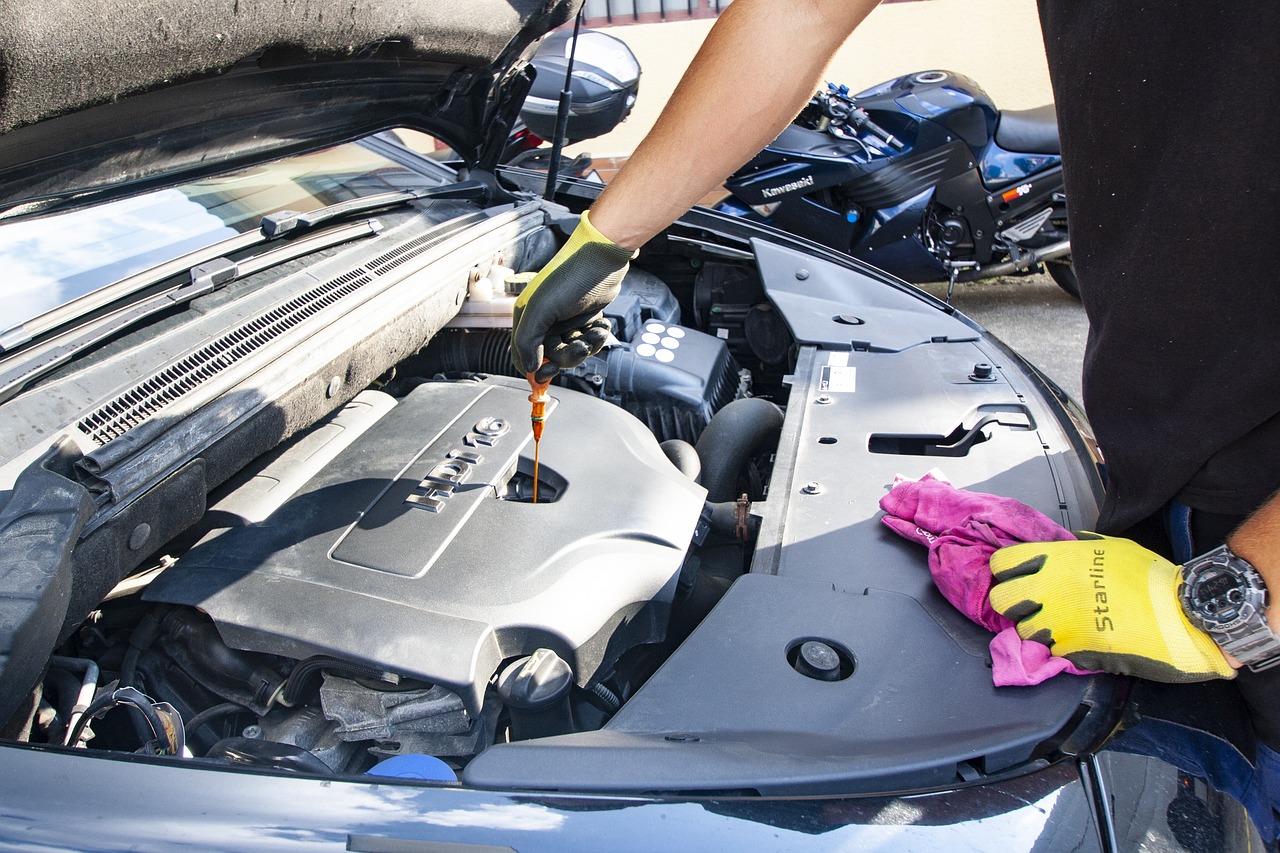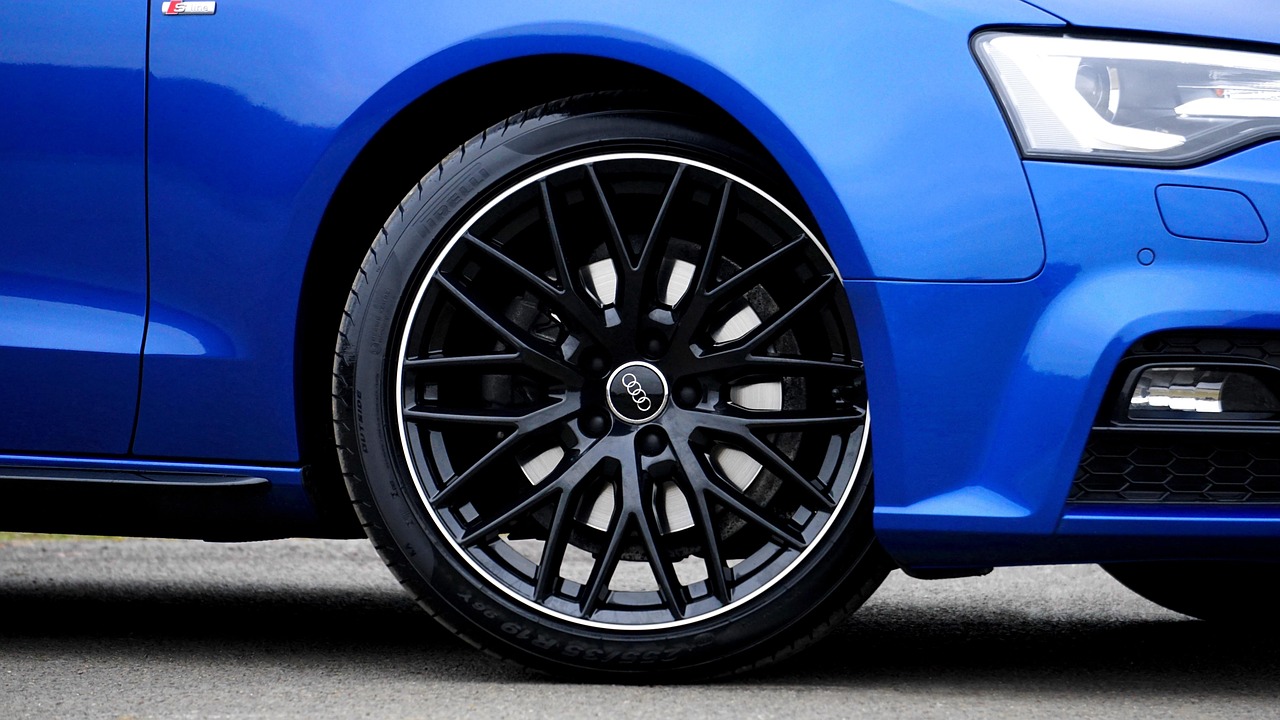Owning an Audi A5 Cabriolet is an experience. The smooth ride, the stylish design, and, of course, the sheer thrill of driving with the top down on a sunny day. It’s all part of the charm. But keeping it running in top shape requires regular maintenance, and one task that often gets overlooked is a coolant flush.
Neglecting this essential upkeep can lead to engine overheating, poor performance, and even long-term damage. Fortunately, performing a coolant flush isn’t as complicated as it might seem. With the right tools, a bit of patience, and a willingness to get your hands a little dirty, you can handle this at home.
Why a Coolant Flush Matters
Over time, coolant breaks down and becomes contaminated, losing its ability to regulate your engine’s temperature effectively. If you’ve noticed fluctuations in your temperature gauge, discolored coolant, or an odd smell from the engine bay, it’s probably time for a flush.
Audi recommends flushing the coolant every 50,000 miles or every few years, depending on driving conditions. Regularly replacing coolant helps prevent corrosion, removes debris buildup, and ensures your engine runs smoothly.
Tools and Materials You’ll Need
Before diving in, gather the following:
- A drain pan to catch old coolant
- A socket wrench set
- A hose or distilled water for flushing
- A funnel for easy pouring
- New Audi-approved coolant (check your owner’s manual for specifications)
- Safety gloves and goggles
Once you have everything in place, you’re ready to get started.
Step-by-Step Guide to Flushing Your Coolant
1. Prep Your Audi A5 Cabriolet
Before doing anything, let the engine cool completely. Draining hot coolant is not only dangerous but could warp engine components if not handled carefully. Once the car is completely cool, lift the front slightly with jack stands or ramps. This helps ensure a more thorough drain.
2. Drain the Old Coolant
Position your drain pan beneath the radiator’s drain plug. Loosen the plug carefully and let the coolant flow out. If your Audi has a secondary engine block drain plug, open that as well to remove as much old coolant as possible.
Once the coolant is fully drained, inspect it for any signs of rust or debris. If you notice significant contamination, your system might need additional flushing cycles to remove buildup.
3. Flush the System
To remove any remaining coolant and impurities, fill the system with distilled water. Start the engine and let it run for a few minutes with the heater on full blast. This helps circulate the water throughout the system.
After a few minutes, turn off the car, let it cool, and drain the water just as you did with the coolant. If the drained liquid still looks murky, repeat this flushing process once or twice more until it runs clear.
4. Refill With Fresh Coolant
Now comes the fun part. Pouring in fresh coolant. Using your funnel, slowly add the Audi-approved coolant into the reservoir or radiator. Many modern Audis require a 50/50 premix of coolant and distilled water, but always double-check your manual to be sure.
Once filled to the appropriate level, start the engine and let it idle while monitoring the coolant level. As air bubbles work their way out, the level might drop slightly, so keep an eye on it and top off as needed.
5. Bleed the Cooling System
Bleeding the system ensures no air pockets remain, which could cause overheating. Some Audi models have a bleed screw near the coolant reservoir or radiator. If yours does, loosen it slightly and wait for a steady stream of coolant to flow out. This means trapped air has escaped.
Keep watching the temperature gauge and make sure everything is running as expected. If the car continues to overheat or the coolant level drops drastically, there could still be air trapped in the system. Running the heater with the cap off can speed up the process.
6. Clean Up and Dispose of Old Coolant
Old coolant is toxic, so don’t just dump it down the drain. Check with your local auto parts store or recycling center for proper disposal methods.
Wipe down any spilled coolant, secure the drain plug, and take the Audi for a short test drive. Keep an eye on the temperature gauge and check for leaks after parking. If everything looks good, you’re in the clear!
Final Thoughts
Flushing your Audi A5 Cabriolet’s coolant isn’t just about keeping the engine in peak condition. It’s also about extending the life of your vehicle. With regular maintenance, you prevent serious (and expensive) problems down the line.
If DIY maintenance isn’t your thing, there’s no shame in taking your car to a trusted mechanic. But for those who enjoy a hands-on approach, this is one of the more rewarding tasks you can tackle yourself.
Got any coolant flush experiences or tips? Drop them in the comments! Keeping these cars running smoothly is a shared passion, and every bit of knowledge helps.






